Fate dealt WWII sailor, family a reprieve
Posted
by Pat Kinney
on Monday, July 14, 2025
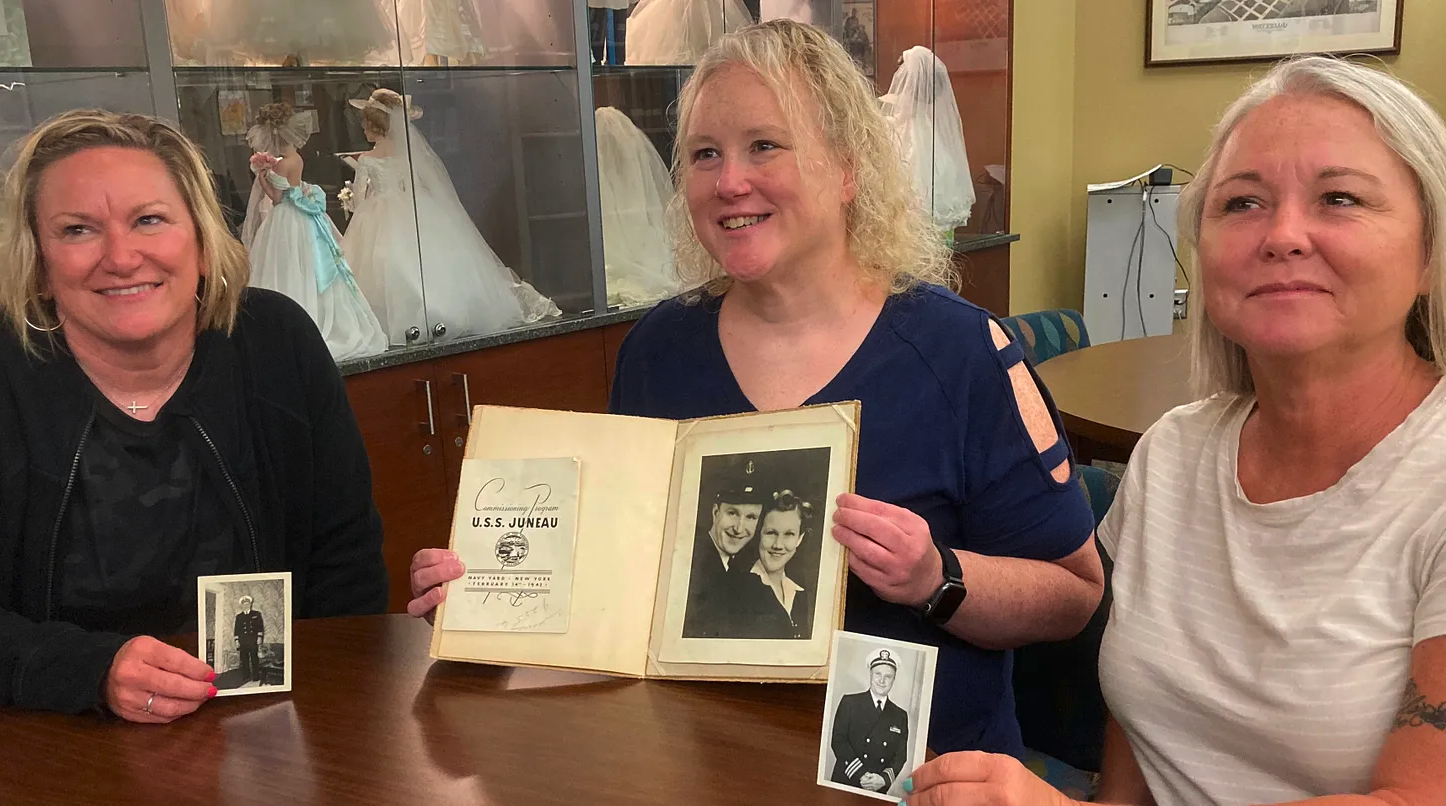
From left to right, Dana Wheater of Le Grand, Erine Fields of Centerville and Jane Wethoff of Drakesville hold photos and momentos from their grandfather and grandfather in law, U.S. Navy Commander William L."Bill" Fields (Pat Kinney photo)
WATERLOO — The granddaughters of William L. “Bill” Fields say they are lucky to be here — thanks to something their grandfather did 83 years ago.
Their grandfather was a 30-year Navy man, serving from 1927 to 1957. He retired as a commander and served on several Navy vessels.
But of all those years of service, one change in duty assignment was particularly fateful.
It came in June 1942, six months after the U.S. entered World War II, when he trasferred off a Navy cruiser when it was in port in New York harbor. He’d been part of the crew for its commissioning that previous Valentine’s Day at the Brooklyn Navy Yard.
It had a shakedown cruise and performed blockade duty in the Caribbean off the islands of Martinique and in the Guadeloupe island region, blocking the escape of Vichy French forces there who had collaborated with the Nazis. It had returned to New York for equipment adjustments before heading back out to sea.
In August, after a couple of months escort duty, that ship would sail for the Pacific — and into history.
Chief Petty Officer Fields didn’t set sail with it — and it saved his life.
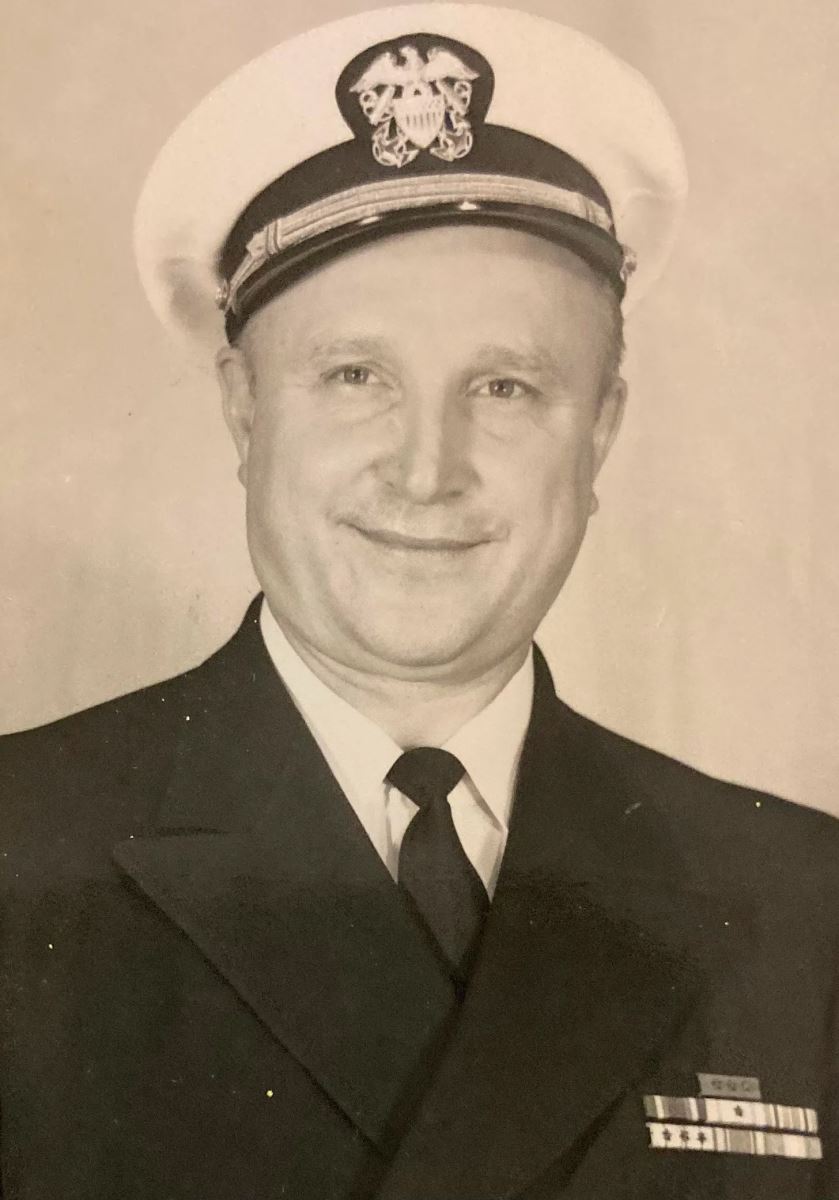 William L. “Bill:” Fields (Courtesy photo)
William L. “Bill:” Fields (Courtesy photo)
The ship was the cruiser USS Juneau. It never returned from the Pacific.
It’s still there — in a watery grave at the bottom of a place called Ironbottom Sound off the Solomon Islands.
It was there, on Nov. 13, 1942, that the Juneau was blown to bits by a Japanese torpedo, taking with it most of its crew of 700 and five brothers from Waterloo named Sullivan. it was the greatest loss of life suffered by one family at one time in U.S. military history.
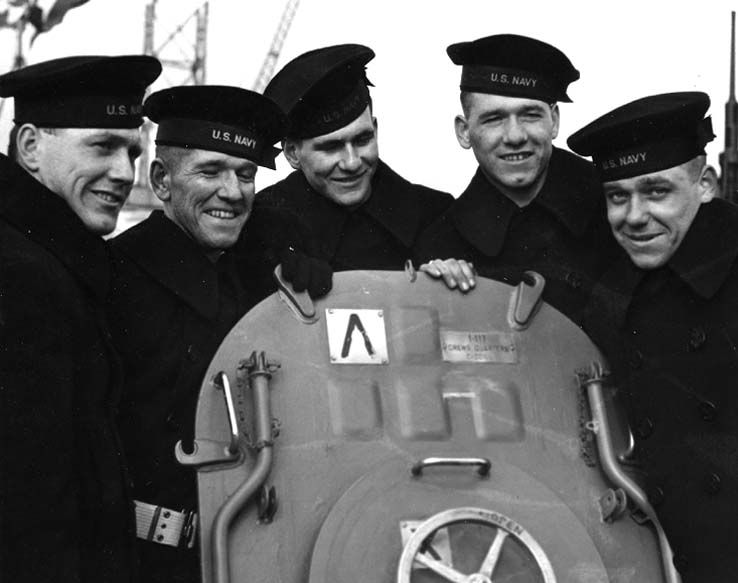 From left to right, Joseph, Francis, Albert, Madison and George Sullivan (U.S. Navy Historical Center)
From left to right, Joseph, Francis, Albert, Madison and George Sullivan (U.S. Navy Historical Center)
The ship had been badly damaged hours earlier in a overnight ship-to-ship battle in which it and other outgunned American shps managed to turn back a Japanese “Tokyo Express” task force headed for the embattled U.S. Marine garrison at Guadalcanal.
The Japanese submarine I-26 finished off the Juneau and sealed the fate of the Sullivans and nearly all their shipmates. There were just 14 survivors — 10 from the actual sinking and four who had been sent to tend to wounded on the USS San Francisco.
That’s what brought Bill Fields’ granddaughters — Dana Wheater of Le Grand and Erin Fields of Centerville, and their sister in law. Janet Westhoff of Drakesville — to the Sullivan Brothers Iowa Veterans Museum in Waterloo this past week.
They brought photos of their father — and a rare program from the Juneau’s Feb. 14, 1942 commissioning at the Brooklyn Navy Yard.
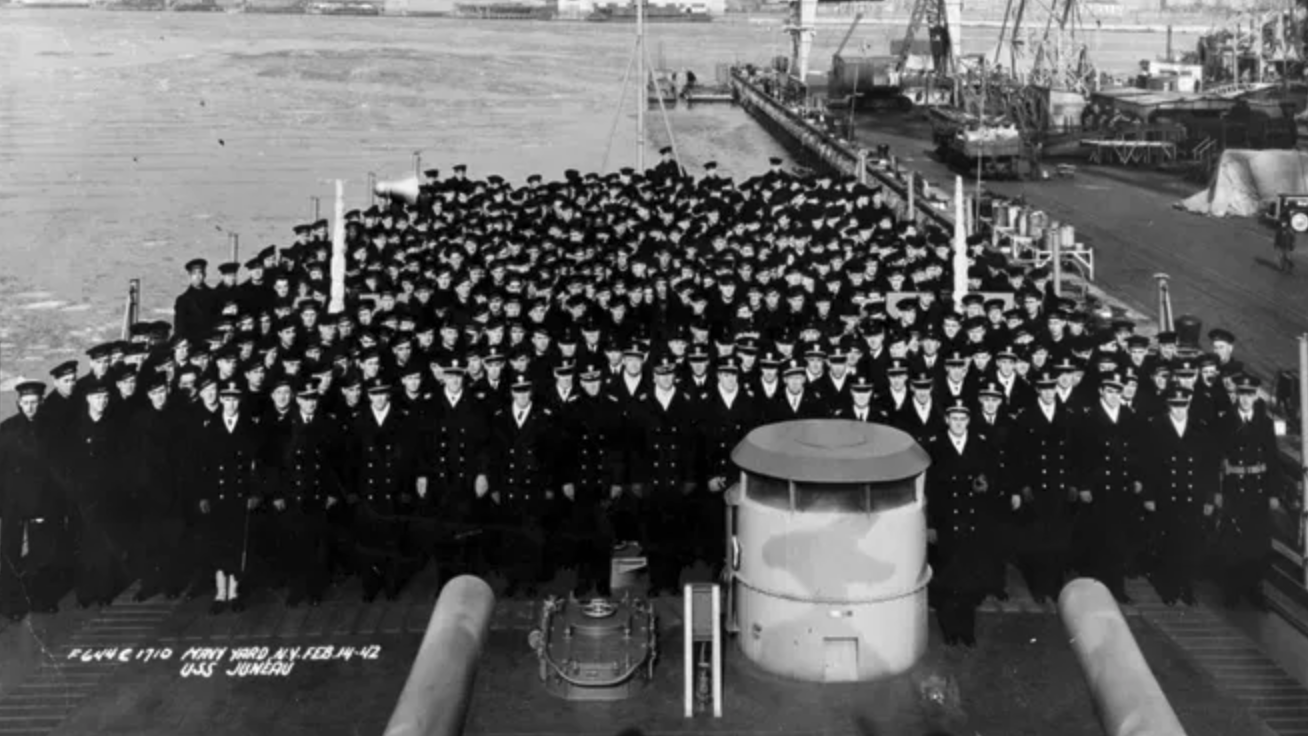 The crew of fthe USS Juneau at its commissioning in the Brooklyn Navy Yard on Feb. 14,1942 (U.S. Navy photo)
The crew of fthe USS Juneau at its commissioning in the Brooklyn Navy Yard on Feb. 14,1942 (U.S. Navy photo)
Erin Fields said she was aware of her grandfather’s Navy service — he did go on to serve in the Western Pacific in World War II as well as during the Korean War. But she didn’t know about his connection to the Juneau or the Sullivans until well into adulthood.
”I knew nothing about this until ‘Saving Private Ryan’ came out,” she said.
It was at a scene early in the movie in which an Army officer tells Chief of Staff George C. Marshall that the Ryan brothers were separated into different units “after the Sullivan brothers went down on the Juneau,”
“I was at the theater watching the movie with my mom, and she leaned over and said, ‘Your grandpa was on that ship.’ “ Erin said. And the family subsequently donated his uniform to a small museum in Green City down in northeast Missouri where he grew up and lived.
“That’s how I really learned about the significance of the Juneau and the Sullivan brothers,” Erin said. It finally prompted the family to bring her grandfather’s copy of the Juneau commissioning program and soem photos to the Waterloo museum, named for the Sullivan brothers but which honors all Iowa military veterans.
The commissioning program includes the entire crew — including George, Francis, Joseph, Madison and Albert Sullivan — and Chief Petty Officer W.L. Fields.
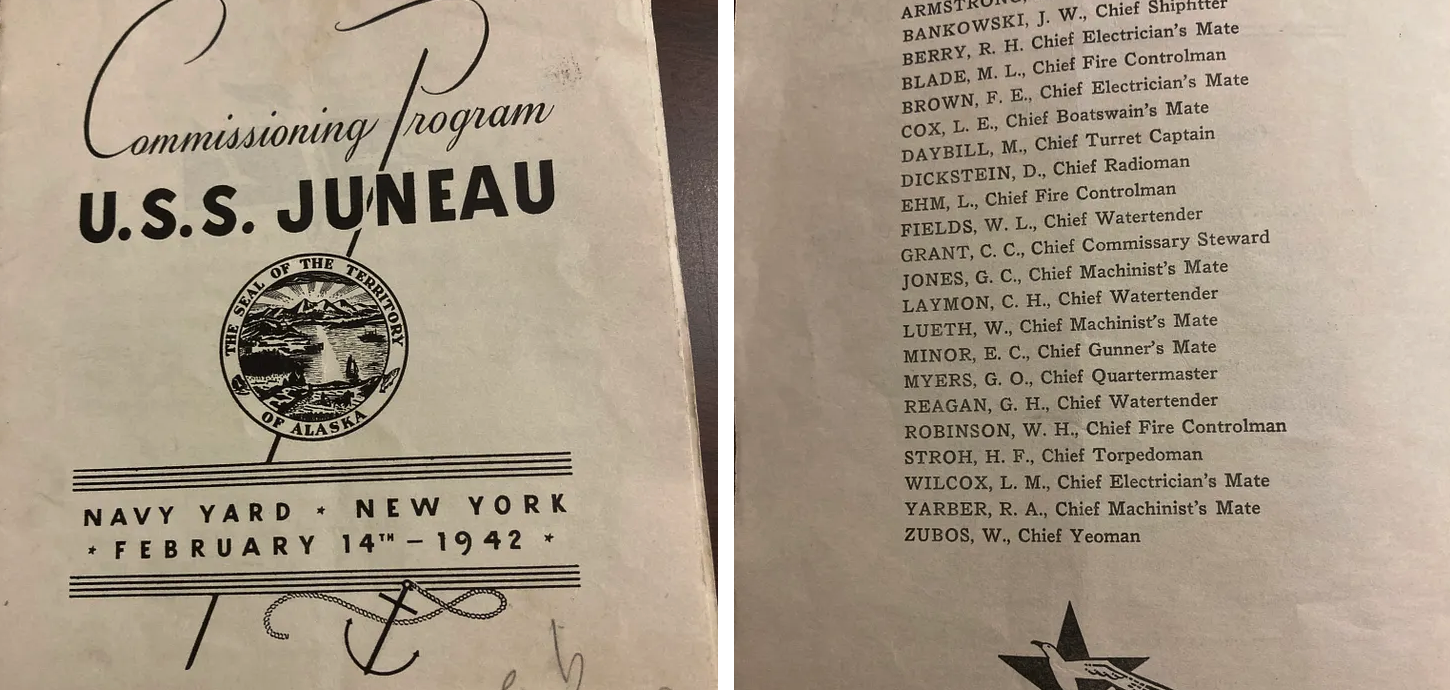 At left, the cover of the USS Juneau commissioning program; at right, the page in the program listing the chief petty officers, including W.L. Fields (Pat Kinney photos)
At left, the cover of the USS Juneau commissioning program; at right, the page in the program listing the chief petty officers, including W.L. Fields (Pat Kinney photos)
So, Chief Fields’ family brought another part of the Sullivan brothers’ history back to their home — the program marking the start of their service on the ship which would become their final resting place and that of almost all their shipmates.
Bill Fields, who after Navy service worked at Culver-Stockton College in Canton, Mo. and also lived in Des Moines for a time, died in 1979. The last surviving Juneau crew member, Orrel Glen Cecil of Poway, Calif., died in 2010 at age 90. He was one of the medical crew sent to tend to wounded on the San Francisco.
But the entire original crew is united forever on the pages of that commissioning program, now at the Sullivans’ namesake museum. Also displayed there are the last images of the Juneau — captured by the Research Vessel Petrel on March 17, 2018 — of the Juneau’s wrecked remans sitting in silence at the bottom of Ironbottom Sound.
Bill Fields might have been there himself — and his family nonexistent — but for a twist of fate.
It only serves to magnify the sacrifice of the Sullivans, their shipmates and so many others who put their lives on the line in the cause of liberty.
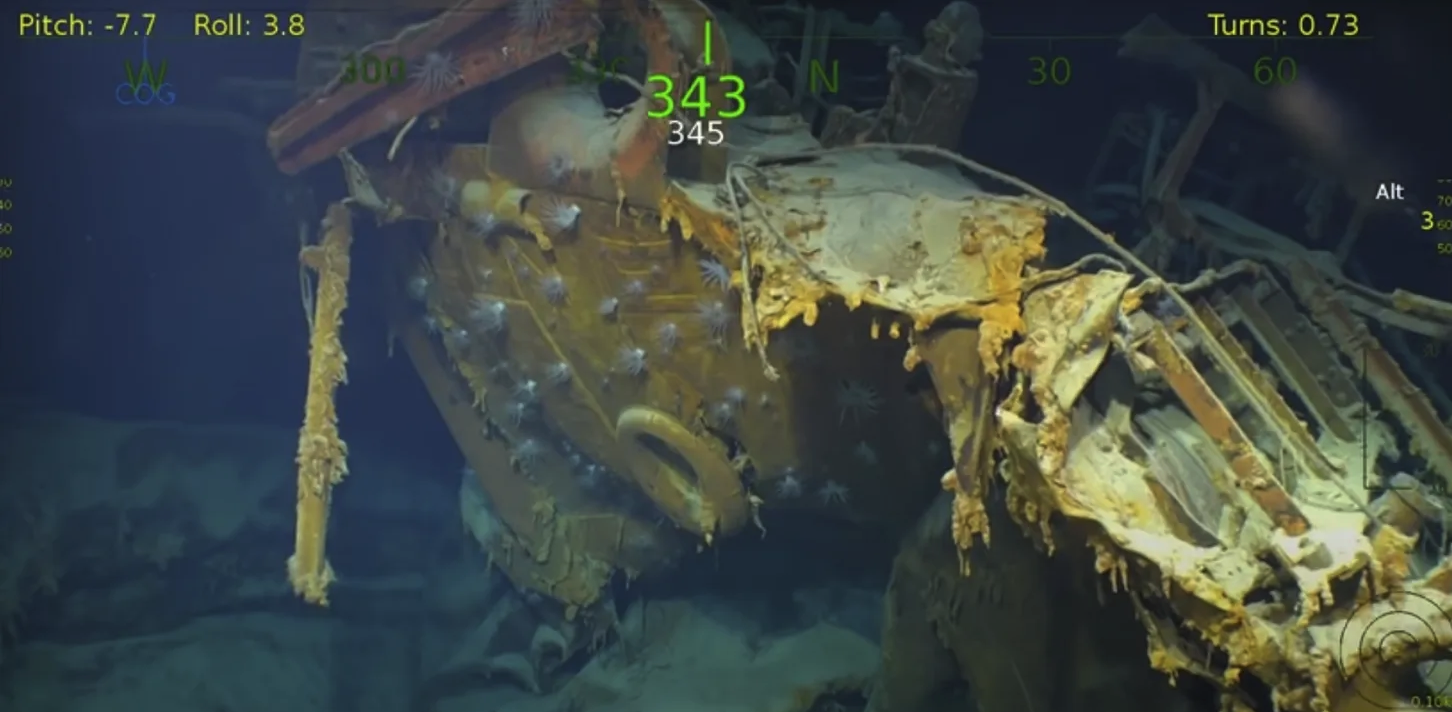 The stern of the USS Juneau shipwreck in Ironbottom Sound off Guadalcanal. A lettter “E” of the ship’s name can faily be seem (Research Vessel Petrel/Grout Museum District)
The stern of the USS Juneau shipwreck in Ironbottom Sound off Guadalcanal. A lettter “E” of the ship’s name can faily be seem (Research Vessel Petrel/Grout Museum District)